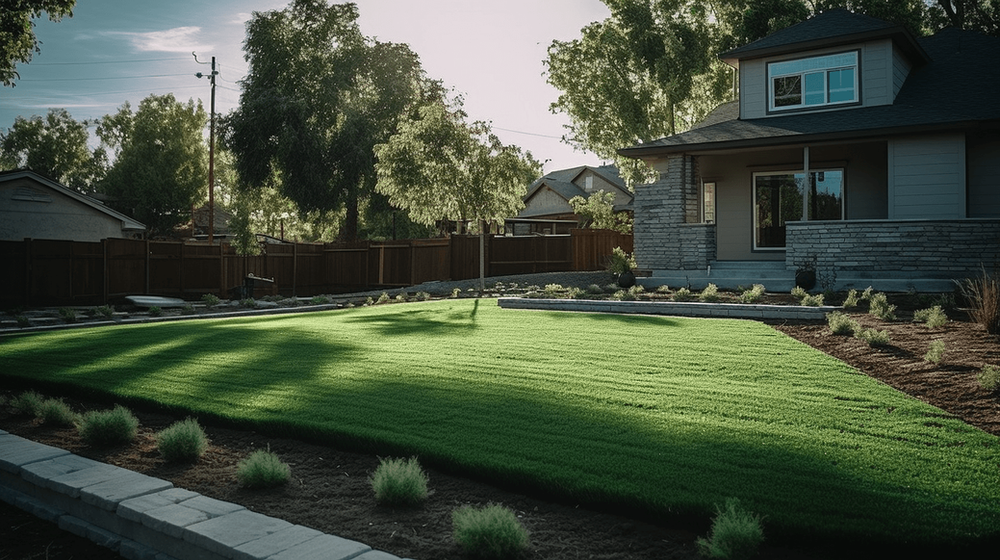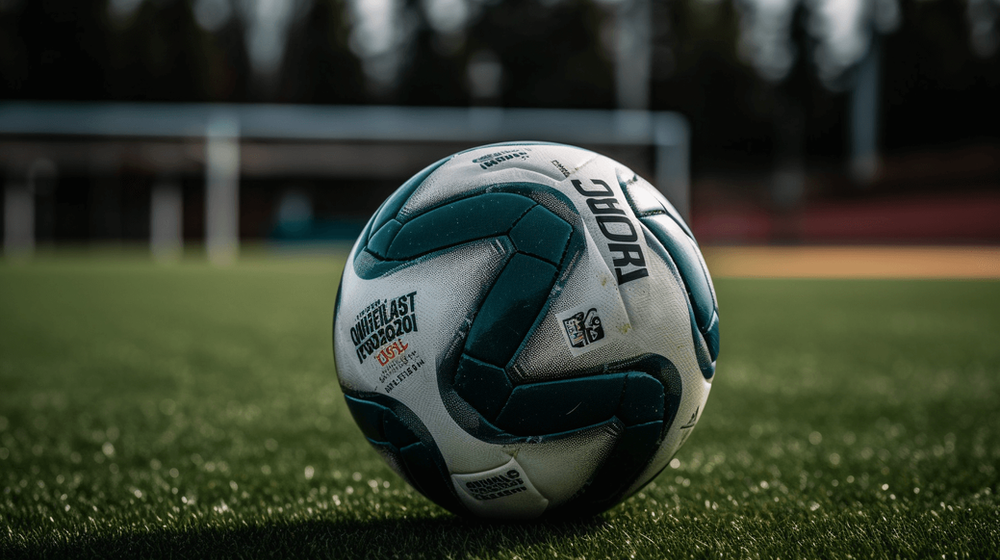
Got turf burn? If so, you’re not alone – this pesky injury is a common occurrence in sports or outdoor activities. Did you know your immediate actions after getting one can greatly affect the healing process? This article offers practical advice and effective treatment strategies to prevent infection, alleviate pain, and speed up recovery from turf burns.
Key Takeaways
- n
- Turf burn is a common sports injury that occurs when the skin rubs against artificial grass or turf, resulting in painful abrasions.
- Immediate treatment of turf burn includes cleaning the wound with mild soap and water, applying antibiotic ointment to prevent infection, and covering the burn with a clean dressing.
- Preventing turf burns requires wearing proper footwear and protective gear, maintaining field conditions, and incorporating stretching and warm-up exercises before engaging in sports activities.
- Taking proper care of turf burns at home involves cleaning the wound regularly, applying soothing substances like aloe vera gel or antibiotic ointment, and avoiding picking at scabs. Seeking medical attention may be necessary if the burn does not heal or shows signs of infection.
n
n
n
n
Understanding Turf Burn
Turf burn is a common sports injury that causes painful abrasions on the skin, typically occurring when an individual slide or falls onto artificial turf.
Symptoms and appearance
Turf burn tends to make a flaming entry, leaving no room for second-guessing. Characterized by a painful, red abrasion on the skin, its most common victims are playground warriors and sports enthusiasts.
n
Strikingly similar to a rug or carpet burn, turf burns occur due to friction generated when the skin rubs against surfaces such as artificial grass or turf. The aftermath may be quite evident – raw patches of throbbing pain that can range from mild pink grazes to deeper injuries revealing underlying layers of skin.
n
It’s essential not just for athletes but also for Arizona homeowners indulging in landscaping activities to recognize these symptoms swiftly for immediate treatment action. Being knowledgeable about this could save your day at home or on the field!
Causes of turf burn
,Turf burn can occur due to various causes, especially during ,sports or outdoor activities. One common cause is the friction between the skin and the turf when sliding or falling on artificial grass surfaces.
n
Additionally, falls or collisions with rough surfaces can also lead to turf burn injuries. The high-speed movements involved in activities like soccer, football, or even running on artificial fields can further increase the risk of experiencing turf burns.
n
It’s essential to be aware of these causes and take preventive measures to minimize the chances of getting injured while enjoying sports or outdoor recreation.

Treatment Methods for Turf Burn
To effectively treat turf burn, start by cleaning the wound with mild soap and warm water to remove any debris or grass stuck in the skin.
Initial treatment and first aid
When it comes to treating turf burns, immediate action is key. The first step is to clean the wound thoroughly with mild soap and water to remove any dirt or debris that may have entered the open skin.
n
After cleaning, apply gentle pressure with a clean cloth or sterile gauze pad to stop any bleeding. Once the bleeding has stopped, you can apply an antibiotic ointment to prevent infection and cover the turf burn with a clean dressing or bandage.
n
Remember, proper wound care is essential for effective healing and preventing complications such as infection.
Promoting healing and reducing pain
To promote healing and reduce pain from ,turf burn injuries, it’s essential to take proper care of the affected area. Keeping the wound clean is crucial in preventing infection, so make sure to wash your hands thoroughly and wear sterile gloves before cleaning the turf burn.
n
Gently rinse the wound with mild soap and water, removing any grass or debris that may have gotten stuck in the skin. Afterward, apply an antibiotic ointment to protect against infection and cover the turf burn with a clean dressing.
n
Using aloe vera gel can also help soothe the skin and aid in healing. Additionally, taking over-the-counter pain relievers can provide temporary relief while your body heals from the injury.
Preventing infection
Preventing infection is a crucial step in the treatment of turf burns. Once you have cleaned the wound, it’s important to take measures to keep it as clean as possible to avoid any potential infections.
n
Make sure to wash your hands thoroughly and wear sterile gloves before touching or cleaning the turf burn. Grass and debris can become embedded in the skin, so diligent cleaning throughout the healing process is essential.
n
Use mild soap and warm water to gently cleanse the area around the burn, removing any dirt or foreign particles that may be present. Applying antibiotic ointment or an antibacterial cream can also help prevent infection by creating a barrier against harmful bacteria.

Preventing Turf Burn
To prevent turf burn, make sure to wear proper footwear and protective gear when participating in sports or outdoor activities.
Proper footwear and protective gear
Protecting yourself from turf burn starts with the right footwear and protective gear. Investing in high-quality athletic shoes with proper traction can help prevent slips and falls on artificial turf, reducing the risk of turf burn.
n
Look for shoes specifically designed for sports that involve quick movements on synthetic surfaces.
n
In addition to footwear, wearing appropriate protective gear such as knee pads and shin guards can provide an extra layer of protection against abrasions and burns. These accessories create a barrier between your skin and the turf, minimizing the impact of any potential falls or slides.
Field maintenance and surface conditions
Proper field maintenance and surface conditions play a crucial role in preventing turf burn injuries. Regular inspection and upkeep of the playing area can help identify any uneven or damaged surfaces that may increase the risk of falls and abrasions.
n
Maintaining a consistent level, ensuring adequate drainage, and keeping the surface free from debris is vital for creating a safe environment for sports activities. By investing in professional landscaping services, individuals in Arizona can ensure that their home’s outdoor space is designed to provide both aesthetics and functionality, reducing the chances of turf burn occurrences while enhancing the overall enjoyment of outdoor activities.
Stretching and warm-up exercises
Stretching and warm-up exercises are essential for preventing turf burn injuries. Before participating in any sports or outdoor activities, it is important to properly prepare your muscles and joints.
n
Stretching helps improve flexibility, reducing the risk of strains and sprains that can lead to turf burns. Dynamic warm-up exercises, such as jogging or jumping jacks, increase blood flow to the muscles, making them more pliable and less prone to injury.
n
In addition to preventing turf burn, stretching and warm-up exercises also enhance overall athletic performance. They help improve agility, balance, and coordination, allowing you to move more efficiently on the field.
n
Incorporating these simple routines into your pre-activity routine not only reduces the chances of getting injured but also enhances your overall physical capabilities.

Turf Burn Care and Recovery
Taking proper care of turf burns is essential for a speedy recovery and safe return to sports activities. From home care tips to seeking medical attention if needed, find out how to heal and recover from turf burns effectively.
Home care tips for healing
To promote healing and speed up the recovery process for turf burn injuries, there are several home care tips you can follow. First, make sure to clean the wound thoroughly with mild soap and water to prevent infection.
n
Gently pat dry the area and apply a thin layer of antibiotic ointment or aloe vera gel, both of which have soothing and healing properties. Cover the turf burn with a clean dressing or bandage to protect it from dirt and debris.
n
Remember to change the dressings regularly, especially if they become wet or dirty. Additionally, it’s important to avoid picking at scabs or peeling skin as this can slow down healing and increase the risk of infection.
Seeking medical attention if needed
If you notice that your turf burn is not healing or if it shows signs of infection, it is crucial to seek medical attention. Infection can lead to further complications and delay the healing process.
n
A healthcare professional can assess the severity of your turf burn and provide appropriate treatment, such as prescribing antibiotics or recommending specialized wound care products. Remember, prompt medical attention ensures proper care and helps prevent any potential long-term issues associated with turf burns.
Rehabilitation and return to sports activities
After sustaining a turf burn injury, proper rehabilitation is crucial before returning to sports activities. The healing process usually takes time and patience, but with the right care, you can get back in the game stronger than ever.
n
Once the wound has fully healed, it’s essential to gradually reintroduce physical activities to avoid re-injury.
n
Start by engaging in low-impact exercises like swimming or cycling to rebuild strength and flexibility. As you progress, incorporate light jogging and agility drills. Remember that pushing too hard too soon can lead to setbacks, so listen to your body and take breaks when needed.
n
To prevent future turf burns, consider investing in protective gear such as turf-specific footwear or knee pads. Additionally, maintaining good field conditions through regular maintenance can help reduce the risk of injuries.
Conclusion
In conclusion, when it comes to treating and caring for turf burn injuries, there are various effective methods that can be employed. From initial first aid to promoting healing and preventing infection, taking the right steps is crucial.
n
Additionally, by focusing on prevention through proper footwear, field maintenance, and stretching exercises, the likelihood of experiencing turf burns can be significantly reduced. Remember to seek medical attention if needed and prioritize thorough care and recovery for a speedy return to your favorite sports activities.
nn

